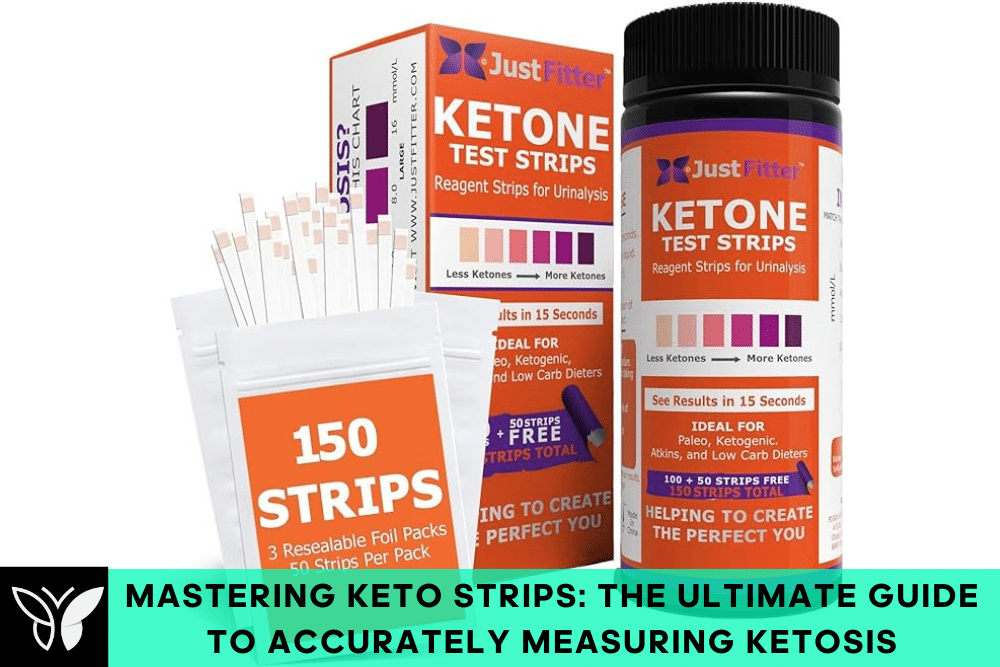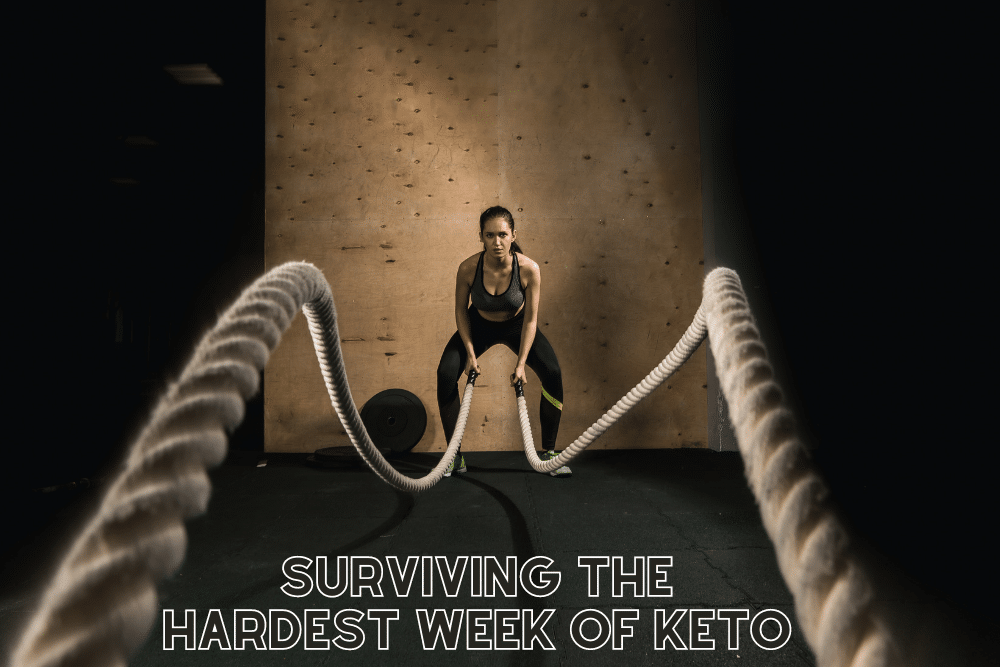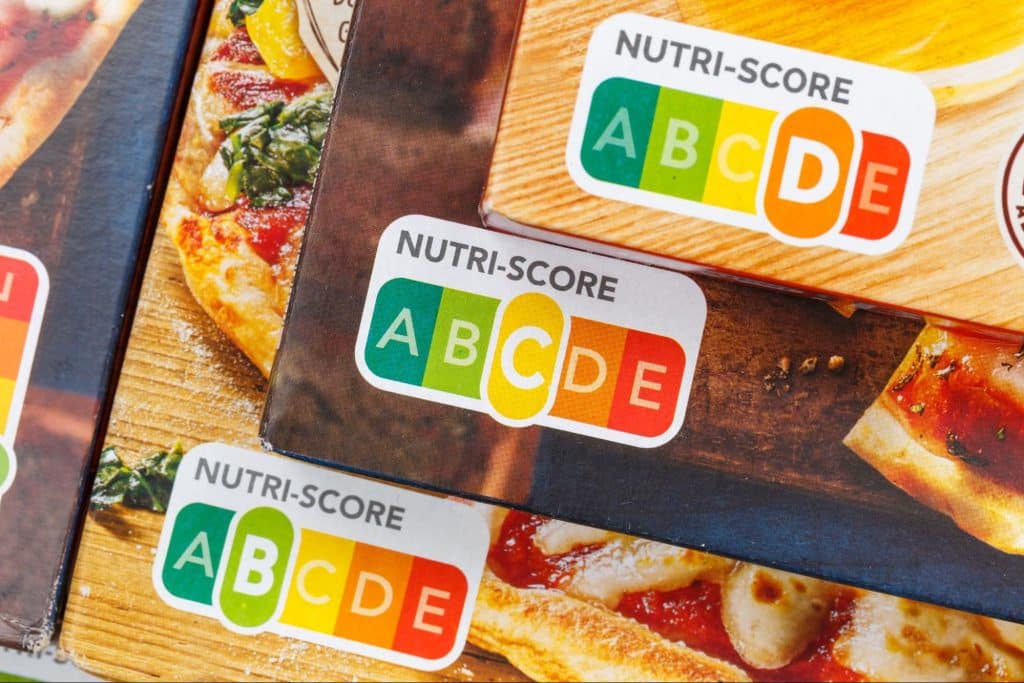Embarking on the ketogenic journey is not just a shift in diet; it’s a transformative lifestyle change that places paramount importance on the foods you consume. At the heart of this dietary revolution lies the ketogenic diet food list, an indispensable guide designed to navigate you through the high-fat, moderate-protein, and low-carbohydrate regimen that defines the ketogenic diet. This list is more than a set of guidelines; it is a beacon for making informed, health-conscious decisions that align with achieving ketosis—a metabolic state where your body efficiently burns fat for fuel, leading to potential weight loss and improved overall health.
By meticulously selecting foods from the ketogenic diet food list, you unlock the ability to tailor your meals to support not only ketosis but also a sustainable, health-forward lifestyle. This updated guide aims to provide the tools needed to succeed on your ketogenic journey, ensuring you have access to the most current, nutrient-dense options available.
Understanding Ketosis

Grasping the concept of ketosis is fundamental when following the ketogenic diet food list. Ketosis is a metabolic state in which your body switches its energy source from carbohydrates to fats. This transition occurs when carbohydrate intake is significantly reduced, prompting the liver to convert fat into fatty acids and ketones, serving as the primary energy source. The foods you choose from the ketogenic diet food list play a crucial role in initiating and sustaining this metabolic state. By prioritising high-fat, moderate-protein, and low-carbohydrate foods, you effectively support your body in maintaining ketosis, optimising the ketogenic diet’s benefits, including weight loss, improved energy levels, and potential health improvements.
Achieving and maintaining ketosis requires careful monitoring of your food intake, emphasising the need to understand which foods best support this metabolic process.
➤ For those looking to dive deeper into how ketosis works and its effects on the body, click here to understand ketosis thoroughly. This comprehensive guide will equip you with the knowledge to make informed decisions about your diet, ensuring you can effectively navigate the ketogenic diet food list and optimise your journey toward health and wellness.
The Complete and Updated Ketogenic Diet Food List
Below is the complete and updated ketogenic diet food list, meticulously curated to guide you through your keto journey with success and satisfaction.
1. The Foundation: Fats
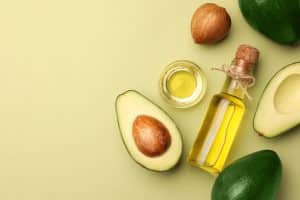
At the core of the ketogenic diet food list is an emphasis on healthy fats, serving as the foundation for achieving and sustaining ketosis. These fats provide the bulk of your daily caloric intake on keto and play a pivotal role in supporting overall health. Focusing on the balance and quality of fats consumed is crucial, as they directly influence your body’s ability to maintain ketosis and impact overall well-being.
Detailed List of Healthy Fats Essential for Keto
- Avocados and Avocado Oil: Rich in monounsaturated fats, avocados help support heart health and provide essential vitamins and minerals.
- Coconut Oil and MCT Oil: Medium-chain triglycerides (MCTs) in coconut oil are easily converted into ketones, offering a quick energy source that can aid in maintaining ketosis.
- Olive Oil: A staple for its heart-healthy monounsaturated fats, olive oil is perfect for salads and low-heat cooking.
- Butter and Ghee: These saturated fats are keto-friendly and beneficial for cooking at higher temperatures.
- Nuts and Seeds: Almonds, walnuts, chia seeds, and flaxseeds offer a healthy mix of fats, fibre, and protein.
- Fatty Fish: Salmon, mackerel, and sardines are excellent sources of omega-3 fatty acids, crucial for heart and brain health.
- Cheese and Full-Fat Dairy: Selecting full-fat options provides essential fats and nutrients without the added sugars found in low-fat dairy.
Understanding the importance of these healthy fats within the ketogenic diet food list underscores the necessity of choosing high-quality sources. Balancing these fats ensures that your keto diet effectively maintains ketosis and supports a holistic approach to health.
2. Protein: The Building Blocks
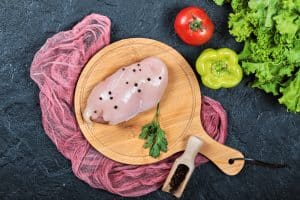
Proteins, often regarded as the body’s building blocks, are crucial on the ketogenic diet food list. While fats are the primary fuel of keto, proteins play a vital role in muscle repair, growth, and overall bodily functions. However, the key to protein intake on keto is moderation and balance, ensuring you consume enough to support your body’s needs without disrupting ketosis.
Guide to Selecting the Right Proteins
- Lean Proteins: Chicken breast, turkey, and lean cuts of pork offer high-quality protein with lower fat content. These are excellent for those looking to manage their fat intake while still getting enough protein closely.
- Fatty Proteins: Fatty cuts of beef, lamb, and organ meats provide essential proteins and align well with the high-fat requirements of the ketogenic diet. Options like ribeye steaks and pork belly bring flavour and the necessary fat content.
- Seafood: Fatty fish like salmon, mackerel, and sardines are double winners on the keto diet, offering high-quality protein and beneficial omega-3 fatty acids. Shellfish and other seafood can also be a good protein source, though some varieties may have higher carbs.
- Eggs: A keto staple, eggs are a near-perfect food, providing high-quality protein, fats, and many nutrients.
- Dairy: Full-fat dairy products like cheese, Greek yoghurt, and cottage cheese can offer protein and fat. Opt for the full-fat versions to align with keto’s macronutrient ratios.
- Plant-Based Proteins: For those on a vegetarian keto diet, tofu, tempeh, and certain low-carb protein powders can be excellent protein sources.
The balance between lean and fatty proteins on the ketogenic diet food list allows for flexibility in managing your fat and protein intake. This balance ensures you can tailor your diet to your needs, whether to lose weight, build muscle, or maintain your current body composition.
Selecting the right proteins involves considering their macronutrient content and how they fit into your daily caloric and macronutrient goals. By focusing on moderate, balanced protein intake, you can support your body’s needs without compromising your progress on the ketogenic diet.
3. Carbohydrates: What to Limit
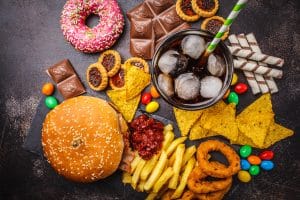
Navigating carbohydrates is critical on the ketogenic diet food list, where the goal is to limit carb intake to maintain ketosis. Understanding which carbohydrates to embrace and which to avoid can make or break your keto success. This segment focuses on identifying low-carb vegetables and fruits that are keto-friendly and highlighting high-carb foods that should be avoided.
Low-Carb Vegetables and Fruits Fit for Keto
- Vegetables: Focus on leafy greens like spinach, kale, and lettuce, which are rich in nutrients yet low in carbs. Cruciferous vegetables such as broccoli, cauliflower, and Brussels sprouts also offer fibre and vitamins with minimal carbohydrates. Other keto-friendly options include zucchini, asparagus, and avocado (technically a fruit).
- Fruits: While most fruits are high in carbs, berries like strawberries, raspberries, and blueberries can be enjoyed in moderation. Avocados, with their high fat content and low carb count, are another excellent choice for ketogenic diets.
High-Carb Foods to Avoid
- Sugary Foods: This includes soda, candy, ice cream, and other sweets that can quickly exceed your daily carb limit.
- Grains and Starches: Bread, rice, pasta, cereals, and other grains are high in carbohydrates and should be avoided on keto. This also applies to ‘whole grain’ options.
- Starchy Vegetables: Potatoes, sweet potatoes, corn, and peas are high in starch and can disrupt ketosis.
- Most Fruits: Apart from the abovementioned exceptions, most fruits are too high in sugars and carbs for a ketogenic diet. This includes bananas, apples, oranges, and grapes.
- Beans and Legumes: Though nutritious, beans and legumes such as lentils, black beans, and chickpeas are high in carbohydrates and typically unsuitable for those trying to maintain ketosis.
By carefully selecting low-carb vegetables and fruits and avoiding high-carb foods, you can ensure that your ketogenic diet food list supports your ketosis goals. Balancing your carb intake with your overall dietary needs allows you to enjoy the benefits of the ketogenic diet while enjoying various nutritious foods.
4. Dairy and Nuts: Choose Wisely
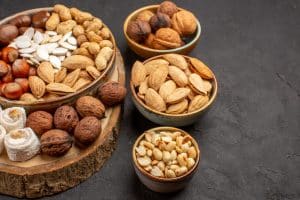
Incorporating dairy and nuts into your ketogenic diet food list requires a strategic approach to ensure these foods complement your keto lifestyle without compromising your ketosis state. Both dairy and nuts can be excellent sources of fats and other nutrients, but their carb content and caloric density necessitate wise choices and moderation.
Keto-Friendly Dairy Products
- High-Fat Cheeses: Cheddar, parmesan, and blue cheese are rich in fat and flavour, making them perfect for keto. They also provide calcium and protein.
- Heavy Cream: Heavy cream is low in carbs and fat and is ideal for adding creaminess to coffee or recipes.
- Butter and Ghee: Both are excellent for cooking and add a rich flavour to dishes. They’re almost entirely fat, making them ideal for keto.
Nuts and Seeds
- Almonds, Pecans, and Walnuts: These nuts are relatively low in carbs but high in fats, making them suitable for snacking or adding to meals.
- Chia Seeds and Flaxseeds: High in omega-3 fatty acids and fibre, these seeds are keto-friendly and can help with digestive health.
Tips on Consumption and Portions
- Monitor Portions: Nuts and dairy can be calorie-dense. Even small quantities can add significant calories and potentially lead to weight gain if not monitored.
- Track Carbs: While certain dairy products and nuts fit into a keto diet, they contain carbs. Keep track of your intake to remain within your daily carb limit.
- Choose Quality: Opt for full-fat, minimally processed dairy products and raw or roasted nuts without added sugars or flavours.
By choosing wisely and consuming dairy and nuts in moderation, you can enjoy their nutritional benefits without derailing your progress on the ketogenic diet.
5. Sweeteners and Beverages: Keto Options

Photo credits: Wikipedia
The ketogenic diet food list would only be complete with keto-friendly sweeteners and beverages. While the diet restricts high-carb sugars and drinks, there are plenty of keto-approved options that can satisfy your sweet tooth and ensure you stay well-hydrated without compromising ketosis.
Keto-Approved Sweeteners
- Stevia: A natural, zero-calorie sweetener derived from the stevia plant leaves, suitable for both cooking and beverages.
- Erythritol: A sugar alcohol with minimal calories and carbs, erythritol doesn’t spike blood sugar levels, making it ideal for keto.
- Monk Fruit Sweetener: Extracted from monk fruit, this sweetener contains zero calories and carbs, and it’s much sweeter than sugar, so a little goes a long way.
- Allulose: A rare sugar naturally found in figs and maple syrup, allulose has minimal impact on blood sugar and is suitable for a wide range of keto recipes.
Guidance on Staying Hydrated and Beverage Choices
- Water: The most crucial beverage for staying hydrated. Infuse it with lemon, cucumber, or mint for added flavour without the carbs.
- Bone Broth: Rich in electrolytes and nutrients, bone broth is excellent for hydration and can help supplement your mineral intake on keto.
- Unsweetened Coffee and Tea: Both are keto-friendly and can be enjoyed plain or with added fat like coconut oil or butter for a ketogenic twist.
- Sparkling Water: A refreshing alternative to still water, sparkling water is carb-free and can satisfy the craving for fizzy drinks.
- Almond Milk: Unsweetened almond milk is low in carbs and can be used in coffee, tea, or keto smoothies.
These sweeteners and beverages in the ketogenic diet food list allow you to enjoy a variety of tastes and flavours while sticking to your keto goals. Proper hydration is key to overall health, especially in ketosis, where fluid needs increase. Choosing the suitable sweeteners will enable you to indulge in keto-friendly treats without derailing your progress. Always prioritise quality and moderation to ensure these additions benefit your ketogenic lifestyle.
Conclusion on the Ketogenic Diet Food List
In conclusion, adhering to a complete and updated ketogenic diet food list is fundamental to navigating the keto journey successfully. This comprehensive guide not only aids in maintaining ketosis but also ensures that your dietary choices support overall health and wellness. By familiarising yourself with the right foods, from healthy fats and proteins to low-carb vegetables and keto-friendly sweeteners, you lay the groundwork for a sustainable and enjoyable keto lifestyle.
We encourage you to experiment with these guidelines to discover your favourites and diversify your meals. Each individual’s journey is unique, and finding the foods you enjoy and align with your keto goals is key to long-term success.

